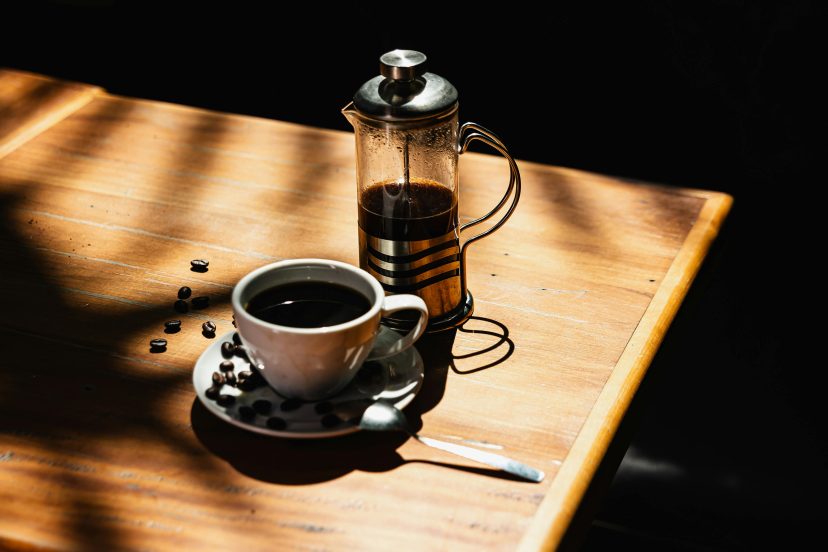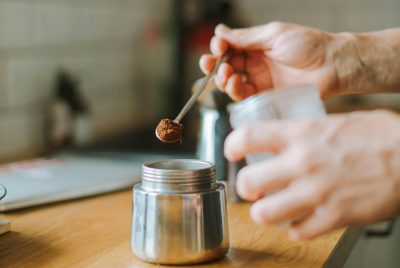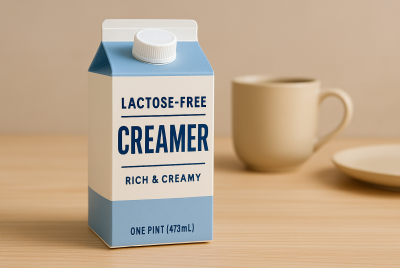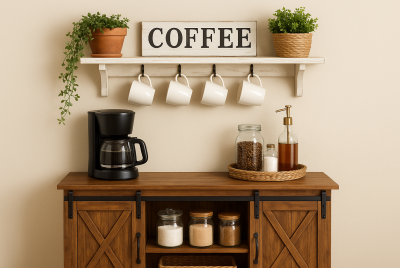French Press Coffee Maker Guide: Top Picks & Tips
We may earn a commission for purchases made using our links. Please see our disclosure to learn more.
If you love coffee, you know the struggle: pod machines taste bland, drip brewers feel uninspired, and café visits add up quickly. Many enthusiasts eventually look for something that balances flavor, ritual, and simplicity. Enter the French press coffee maker. This classic brewing tool has been around for decades, yet it continues to win hearts for its rich, bold results and low-maintenance design. In this guide, you’ll learn how a French press works, what features matter most, which models stand out on Amazon, and why research shows brewing method can change the way your coffee tastes—and even how healthy it is.
Why Coffee Lovers Swear by the French Press
The French press isn’t just another gadget—it’s a ritual. Unlike paper filters that absorb oils and aromas, the press allows natural coffee compounds to shine. This gives every cup a full-bodied texture and a depth of flavor that drip coffee often misses.
Another reason people love it? Control. You decide the grind size, water temperature, steeping time, and coffee-to-water ratio. That means endless opportunities to fine-tune your brew until it tastes exactly how you want.
And let’s be honest: there’s something calming about boiling water, pouring it over freshly ground beans, and pressing down the plunger. It feels hands-on yet effortless.

How a French Press Coffee Maker Works
At its core, the process is simple. Add coarse coffee grounds into the beaker, pour hot water (just off the boil), stir gently, and let it steep for about four minutes. Then press the plunger down slowly, pushing grounds to the bottom while leaving liquid above.
That’s it—no paper filters, no electronics, no noise. What you pour into your mug is pure, unfiltered coffee with all its natural oils intact.
This straightforward method also makes it versatile. You can brew hot coffee, make cold brew, or even steep loose-leaf tea.
What to Look for Before Buying
Not all French presses are built the same. Here are the factors worth considering:
Material and Durability
- Glass presses: Elegant and traditional but fragile. Best for home use if you’re careful.
- Stainless steel presses: Insulated, durable, and long-lasting. Great for heat retention.
- Ceramic presses: Stylish and good at holding heat, though often heavier.
Capacity and Size
French presses come in multiple sizes, from 12-ounce models for solo drinkers to 51-ounce versions for serving guests. Think about whether you’ll use it just for yourself or for sharing.
Filter Quality
The plunger’s mesh screen makes or breaks the experience. Cheap filters let grit sneak into your cup. A high-quality filter ensures smooth coffee with minimal residue.
Ease of Cleaning
Removable parts and dishwasher-safe designs save time. Coffee oils can cling to mesh filters, so the easier it is to disassemble, the better.
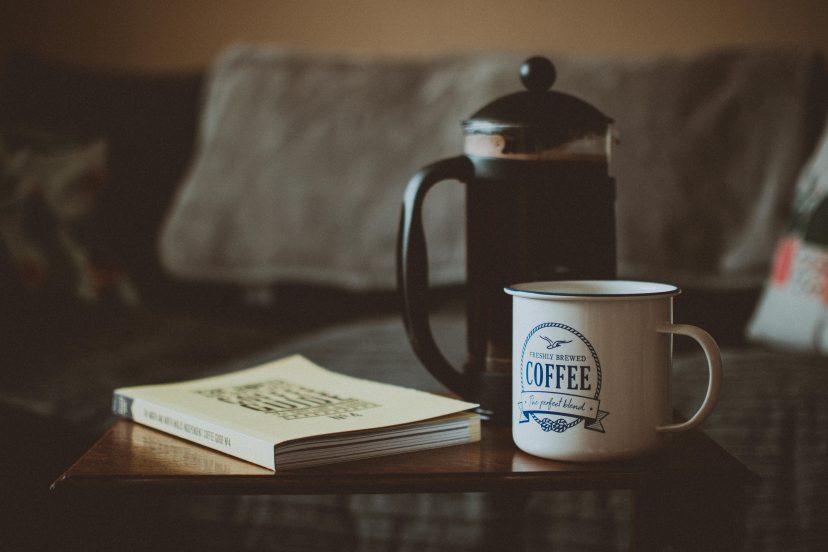
Best French Press Coffee Maker Picks
After comparing customer reviews and expert recommendations, here are five Amazon favorites worth considering:
1. Bodum Chambord French Press
A timeless classic. Heat-resistant borosilicate glass paired with a stainless steel frame makes it both durable and stylish. Affordable, reliable, and widely available.
2. Espro P7 Stainless Steel French Press
This premium model features double micro-filters, reducing grit while keeping flavor intact. Its insulated design keeps coffee hot for hours, perfect for slow sippers.
3. Coffee Gator Insulated French Press
Rugged and travel-ready. It includes a mini canister for extra grounds, making it ideal for road trips, camping, or office use.
4. Frieling Double Wall French Press
Heavy-duty stainless steel with a polished finish. It’s built like a tank and looks beautiful on any counter. Recognized for lasting strength and reliable results.
5. SterlingPro French Press
A budget-friendly option that still delivers. Its double-screen filter system ensures a cleaner brew compared to most presses in the same price range.
How Brewing Shapes Your Coffee Experience
Different brewing methods affect which compounds make it into your cup, changing aroma, body, and even health impacts.
One key finding comes from research into cafestol extraction in French press coffee. This Food Research International study showed that methods using metal filters, like French press, extract significantly higher amounts of cafestol compared to drip-filtered brews. Metal filters allow oil droplets containing cafestol to pass through, while paper filters block them.
Another comprehensive review on coffee antioxidants and health benefits found that unfiltered or metal-filtered brewing preserves a broader spectrum of polyphenols and antioxidants than paper filtration. These compounds are linked to reduced oxidative stress and may help explain why some coffee drinkers prefer French press for its fuller body and richer flavor.
Of course, balance matters. Because unfiltered coffee retains diterpenes like cafestol and kahweol, some research notes that very high consumption might elevate cholesterol in sensitive individuals. In moderation, though, French press coffee is considered both safe and enjoyable for most people.
Care and Maintenance for Long-Lasting Use
Owning a French press means treating it with care. Here’s how to make it last:
- Rinse immediately after use to prevent grounds from sticking.
- Disassemble the plunger and wash the mesh filter regularly to avoid built-up oils.
- Deep clean weekly by washing it once a week using mild soap and warm water. Avoid harsh scrubbers that may scratch the glass or metal.
- Check seals and filters over time. Replacements are affordable and can make an old press feel brand new.
With proper care, a good French press can last for years—even decades.
Conclusion
Choosing a French press isn’t about trends—it’s about lifestyle. It suits anyone who loves slowing down, savoring bold flavors, and taking control of their brew. Whether you prefer the durability of stainless steel, the elegance of glass, or the value of a starter model, there’s a press for you. With just hot water, coffee, and a press, you’re minutes away from a rich, café-quality cup at home—perfect for pairing with a little inspiration like this But First Coffee Printable.
FAQs
What’s the right amount of coffee for a French press?
The common ratio is 1:15. For example, 30 grams of coffee for 450 grams (about 16 ounces) of water.
Can I use pre-ground coffee?
Yes, though fresh grinding gives the best flavor. If using pre-ground, aim for coarse texture to avoid sediment.
How many minutes should French press coffee brew?
Four minutes is standard. For stronger flavor, extend to five. For lighter cups, try three.
What’s the best grind size?
Coarse grind works best. Fine grinds slip through the mesh and create sludge.
Which makes a better cup: French press or drip coffee?
It depends on your preference. French press coffee is richer and oilier, while drip coffee is lighter and often easier to make in large batches.

